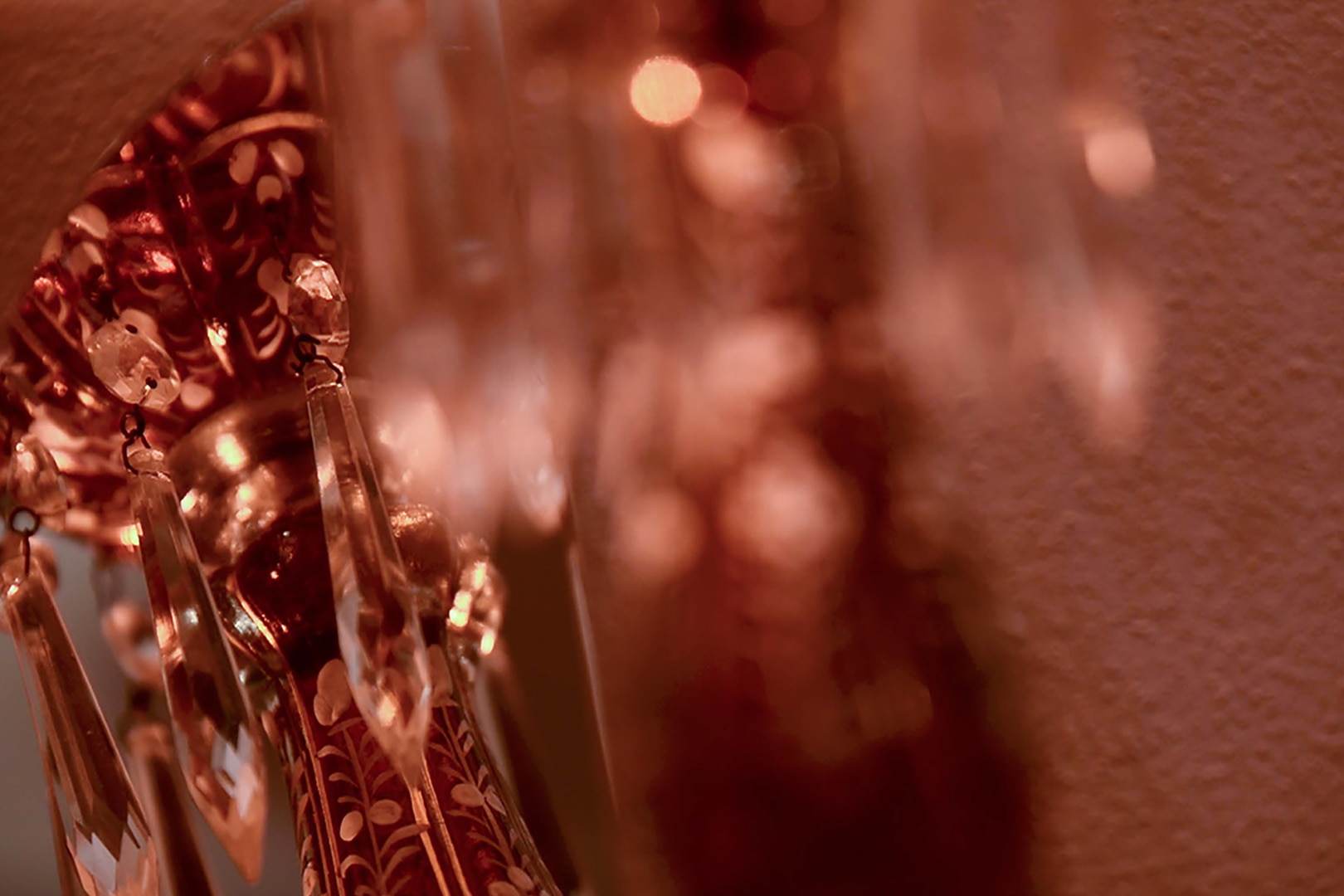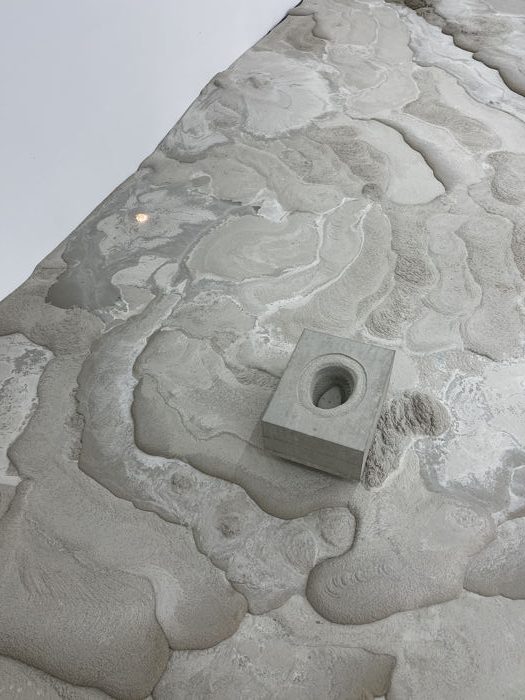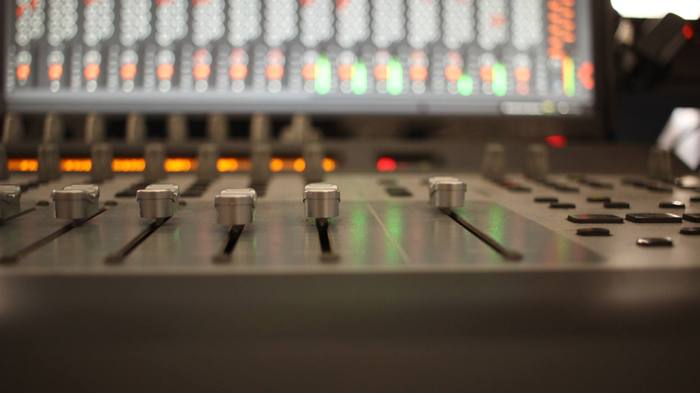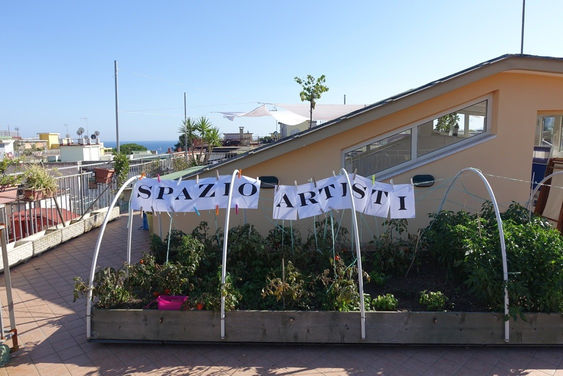Entangled in the Underground – Michelle Eistrup
Curadoria de Federico Rudari, Bibiana Leufgen, Juliette Thouin, Laura Ferschl
Data: 4 de Fevereiro, às 19h
Local: R. Damasceno Monteiro, 12 R/C | 1170-112 – Lisboa
3º piso

Historical narratives exist according to the voices that shape them. Over time, a succession of power relations, tensions, and systems of oppression determined a predominant perspective that contributed to designing what we acknowledge as the global contemporary’s history. As a result, individual stories, collective spiritualities linked across continents take on new shapes. Similarly, these have been coerced to adapt to advantage further economic exploitation and cultural subordination. Nevertheless, colonial relations still have consequences that are profoundly rooted in today’s society. Furthermore, this global history leads to a problem of unilateral representation, very present in western countries and on a smaller scale in the books collected at Espuma dos Dias. This history and its defined content are interrogated by including and intervening in the space with Michelle Eistrup’s works.
The solo exhibition, Entangled in the Underground by Michelle Eistrup, focuses on her most recent works, which pivot on Australia and Denmark. The questions that arise from them can also be addressed to Portugal. Despite the massive impact of Portuguese colonial history, from West Africa to East Asia, the narrative of o bom colonizador (the good colonizer) was – and still is, despite the current discussions – predominant in the political discourse and mainstream media. The discussion is now expanding towards a more honest vision on the so-called Age of the Discoveries, acknowledging the role of Portugal on slavery, warfare, and deforestation, among others. Racial issues are still strongly present in the Lusophone world.
For this reason, it is necessary to show art pieces that question the depiction of historical narrative and social issues. As it stands today, the examination and reflection required on possessions, customs, and power relations are, for the most part, absent. Moreover, educational systems are slow to include a critical stance on colonial history in their curricula to process this history, while this scholarly work remains essential. In this regard, Michelle Eistrup developed her artistic practice to change the viewpoint on knowledge through a local and site collaborative frame. As they cross from photography to written publications, from audio installations to video, Eistrup’s works bridge different cultural contexts and practices to question rooted legacies of colonial pasts, including ancestral memory, landscape identity, and physical security through various lenses. The co-presence of her works and traditional historical narratives creates tension to uncover buried knowledge, bringing silent testimonies to the foreground in normative and Western historical accounts.
Entangled in the Underground questions the multilevel dimension of relations that historically, socially, and individually shape identity and belonging in the context of postcolonial memory. Eistrup’s work incorporates her transnational background (Danish, Jamaican, American) through various artistic expressions. The exhibition includes video, sound, images, and textual elements that collectively structure an unusual take on archival practices. Revisiting the previous order of the history books section present at Espuma dos Dias, selected pieces from the corpus of Eistrup’s artistic practice taint the notion of historical narratives characterized by an impartial and document-like nature. To better react to the stimuli developed from the found coincidental bibliography, a cataloguing process was followed by a new organization of the books, according to historical and geographical criteria.
Within this new categorization, a selection of the artist’s work from Mineral Emissaries and Breathing Archives is embedded between the books and among the bookshelves, addressing the possibility of failure in representation by giving voice to people whose stories have, systemically and systematically, not been heard. Among them, the BAT: Bridging Art + Text, a tri-volume book curated by Eistrup, is added to the existing bibliography and collects the artistic, historical, political, and personal accounts of more than fifty contemporary artists, scholars, curators, and writers, together with challenging the unilaterality of postcolonial memory. BAT refers to the archival memory of displacement and the politics of recognition of African diaspora; the book pushes visitors to question individual responsibility and challenge their awareness of the biased histories they encounter. Moreover, the exhibition includes selected elements from the photographic series Mineral Emissaries, from the Terra Mineralia Collection, Freiberg and Grassi Museum für Völkerkunde zu Leipzig. These images are captured in front of colourful and geometric backdrops to contrast the enduring and painful process of colonial reparation against the time constraints imposed by the present ecological crisis. Resulting from a combined photographic work and interviews conducted with scientists, the Noongaars and Bardi people, and ethnologists, the stones take on the role of the ancestral storytelling to testify on the paradigm shift of these caves, going from sacred places of deep reflection to scenes of material predation and European pillaging.
Visitors can listen to two sound pieces, Breathing Archives and Amnesia. Concerning the role of institutionalized culture in the diasporic discussion, these works question the effects of museum collection policies and their impact on local Australian communities while addressing the burden of imposed silence leading to isolationism, denial of colonial powers’ pasts, and collective amnesia. Available to be accessed through QR codes on personal devices, the sound works are meant to complete the visual dialogue between books and artworks, pervading the visitors’ experience on different sensorial spheres.
Finally, Entangled in the Underground is completed by the screening of The Deep Underground and Up Above, a three-channel documentary investigating the many layers that characterize Australia’s deeply-rooted colonial history. Building upon the politics of recognition, the artist challenges what is not seen nor heard, In the Deep Underground and the Up Above, uncovering the existing mismatch in meaning and representation between indigenous communities and settlers. The assembled footage structures personal testimonies from Rebecca, Mitchella, Tessa, Bardi, and Noongar communities, forging a narrative portrait of their experiential memories, attesting to the systems of repressions present along with generations of European settlers and the Aboriginal families. Hosted as a single screening, The Deep Underground and Up Above pushes the viewer to question cultural contrasts and ethical conflicts between history, landscape, and natural resources.
Part of the (para)site exhibition series in the frame of the 4Cs: from Conflict to Conviviality through Creativity and Culture project, Eistrup’s works invite visitors to question representational balance in traditional historical narrative. In particular, the sound pieces, part of the variety of artistic means included in Entangled in the Underground, challenge both literally and figuratively the silence present in the bookshop and the louder one that characterizes postcolonial legacy, completing the visual and textual elements that contaminate the physical exhibition space. Multiple relations are called into account: personal, spatial, historical, and colonial. Following the parasitic nature of this exhibition series, the books that have been vindicated and challenged through Eistrup’s work present within themselves a new answer to questions that we have to ask ourselves about our past, and they won’t get back to the previous status quo. For this reason, we invite anyone among the public who is interested in buying one of the hacked books to keep the narrative fragment embedded in it.
In February 2022, Michelle Eistrup will start an artistic residency at PADA Studios in Barreiro with Charging Change‘s work title. The residency focuses on the Diaspora of African descent living in Portugal. It explores their connection with the spaces they inhabit now, answering questions that may have emerged in Entangled in the Underground. Michelle Eistrup’s work Charging Change originates from and is an extension of Mineral Emissaries, 2021 and In the Deep Underground and Up Above, 2018.



